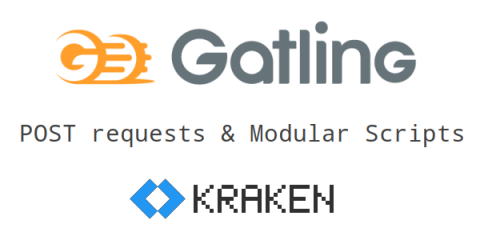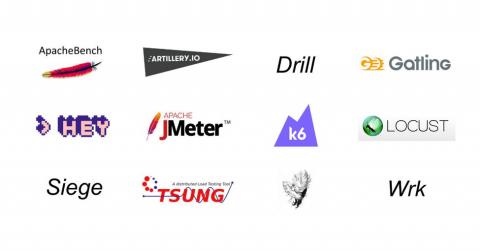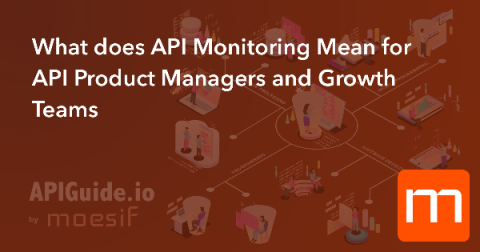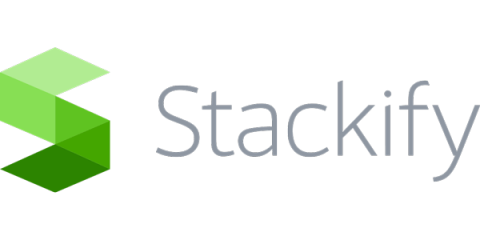What consulting firms need from analytical software
Consultancy firms and system integrators are starting to productize analytics. They’re creating turnkey solutions for customers and adding value to them by offering managed services. If you’re thinking of creating an analytics solution for your customers, there are three things you need to think about when choosing a BI vendor to partner with.










